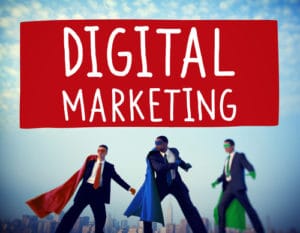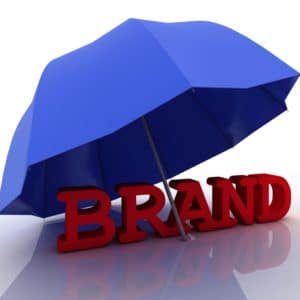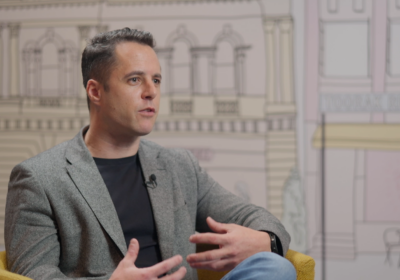The internet can be an unforgiving place for brands, particularly when it comes to safeguarding against damaging content. Over the past six weeks alone, Facebook, Twitter and YouTube have all come under fire for mishandling the spread of harmful content on their channels.
With even the biggest names in tech struggling to get a grip on the problem, today’s brands are facing an unprecedented challenge, and protecting themselves from unsafe content should become one of their first priorities. Recent research has shown that over two thirds of brands have experienced at least one unsafe brand exposure in the past 12 months, which is a real indication of a half-hearted approach to online protection.
This position is no longer going to be sufficient. A new brand safety strategy is desperately needed.
The question of who exactly bears the responsibility for ensuring brand safety has typically been a gray area, with no one stepping up to own the problem in its entirety. I believe that today’s brands and agencies must each take a leading role in assuming a greater degree of responsibility by investing in the necessary manpower and infrastructure to protect against online risks.
Bring in a specialist
This year, Bank of America made headlines by hiring a “brand safety officer”, to manage its internal safety procedures, just weeks after Unilever threatened to pull ads from Facebook and Google.
The premise was simple: By appointing an executive or even a full team to manage its safeguarding responsibilities, the brand’s marketing team could focus on its core priorities, safe in the knowledge that brand content was going to appear in the right places at the right times.

Crucially, this person will have the time and capabilities to interpret the nuances and preferences between countries and cultures that are often missed by techniques that are less meticulous. This is something which is often over-looked within the confines of brand safety, but is actually very important, particularly for international brands working across various demographics.
Brand safety is not a one size fits all approach, and if brands place a blanket ban on all platforms and sites they deem controversial, for example, they run the risk of missing out on large, quality audiences. A brand safety officer can not only create guidelines that dictate these subtle differences, but also take more time to ensure brand safety protocol is flagged and understood across the company, in addition to keeping the team notified of any updates on an immediate basis. This also includes ensuring that the new standard is met across the larger ecosystem of partners.
Incorporate the right tech
Consumer attention moves at lightning speed, and while Facebook and Twitter may once have held center stage as the world’s favored social media platforms, increasingly we’re seeing the focus turn to image-dominant sites like YouTube, Instagram and Snap.

This oversight is putting them at serious risk, as it is leaving them exposed to damaging content in the form of images and videos. We only need to look at recent scandals involving YouTube to realize that this is one area that brands are struggling to tackle.
As image-dominant platforms grow in popularity, brands should think seriously about investing in technology that can screen damaging content before ads are placed—whether that be word, image, or video—to ensure brand content always appears in the most user-friendly environment.
That’s not to say that semantic analysis should be discarded altogether, but that this should be supported by tools like computer vision. Computer vision technology can not only identify risks posed by visual content, but also act on those risks in real-time, so that any threats are immediately averted.
This two-pronged approach gives marketers the power to infiltrate large expanses of visual content online, whilst still remaining inherently protected, adding another crucial layer to the overall brand safety strategy.
It’s a journey, not a destination
Between avoiding harmful content, maintaining reach, delivering the right message and providing relevant content at the right moment, brand safety is a far-reaching issue that won’t go away in a hurry. But by taking a proactive approach, it is possible for brands to advertise on the internet safely and efficiently.
Better cross-company collaboration and commitment to tackling this problem will be the next step toward making the internet a safer place for brands. The launch of the Brand Safety Institute in July, for example, will play a huge role in helping to educate people on the topic, and has even committed to providing a certification program for the new brand safety officer role, so more brands can benefit from this resource.
But before this happens, brands must take the issue into their own hands, by investing in the right manpower and infrastructure to ensure that their content appears in the safest possible environments at all times.
What’s your brand safety strategy? Do you have one? Share your thoughts in the comments below!





Join the conversation